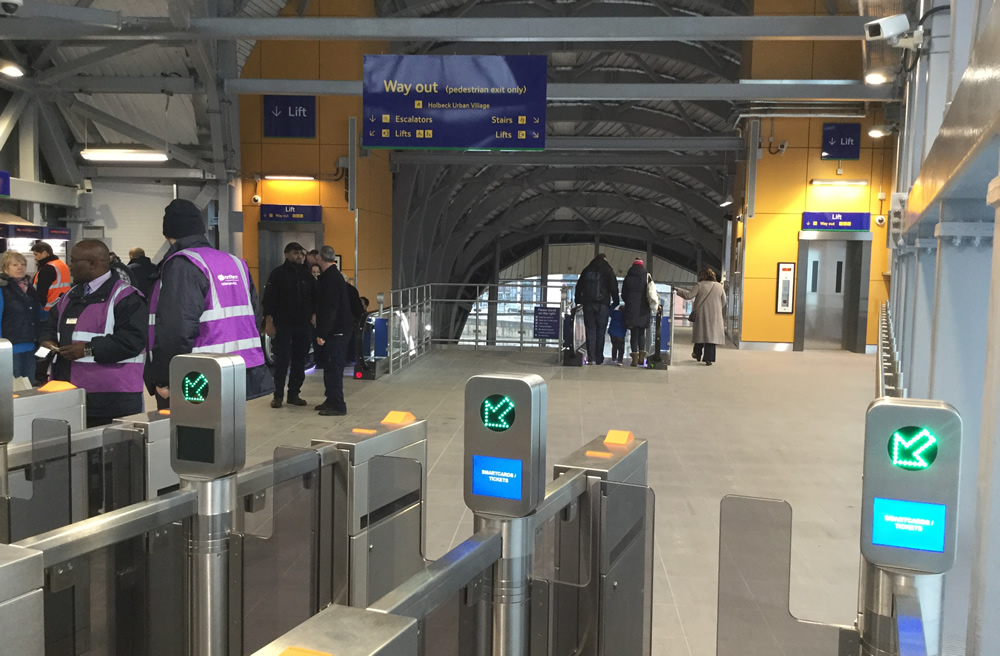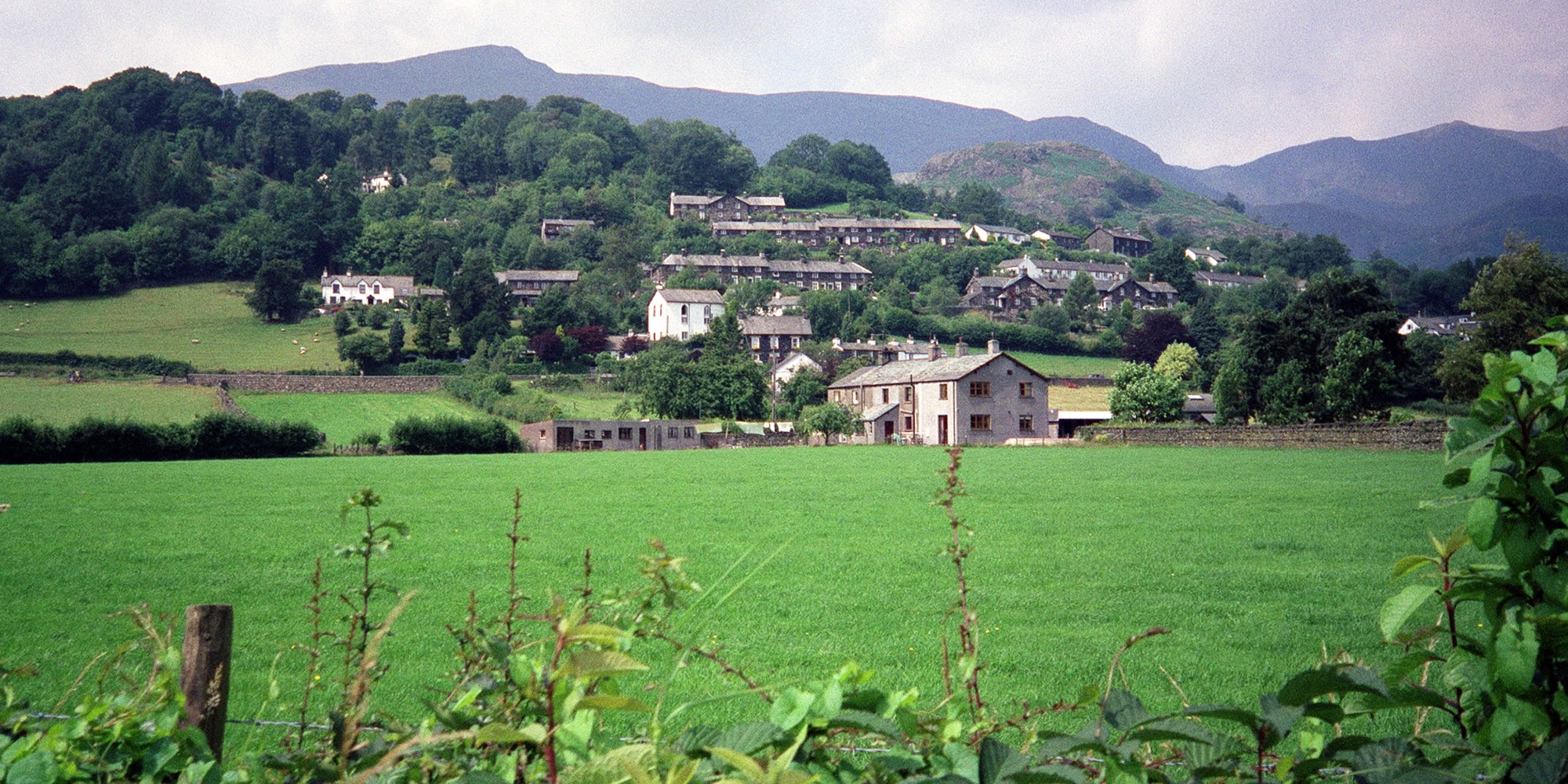
Phew. Survived rail franchise announcements, opening Apperley Bridge station and today’s formal opening of Leeds Station Southern Entrance – all in the space of a month, which included the Christmas and New Year break.
Ordinarily, I could easily have done two from three. Or all three without the Christmas break. Spending New Year’s Eve trying to dot the ‘i’s on a briefing note about HS2 and NGT – two things I know very little about – because the relevant officers were on holiday isn’t something I’d like to do again in a hurry.
But, as always, there are lessons to be learned. You know me, always an upside (ahem).
1. Have a plan
That might seem obvious but the plan isn’t really for you; it’s for everyone else. The directors and politicians need to at least think that you know what you’re doing, even if you end up winging it a bit. And if certain helpers need to be at certain points in the proceedings, they’ll need to know the plan as well.
Our plan, which covered a breakfast event and private meeting between politicians and Minister as well as the obligatory photo opportunity and media interviews, had a Plan B in case it rained – we’d skip the outside photography and use a location inside the structure that was less visually stunning but just about suitable (and dry). Then, a few days before we discovered we’d need a Plan C as well, as the footbridge we would have done photos from was closed for structural inspection after last week’s floods. I did suggest getting all the politicians on to the bridge and asking them to jump up and down. No sense of humour, some people. And in the end we did photographs outside and in.
2. Have a good team
We’d never have pulled this off without Martin & Josie. It was a bit of role-reversal really, as I ended up doing the planning and being the day-contact, which would normally have been done by one of them. Josie went out and met the media while I led the VIP party in their general direction; Martin took the display down after the breakfast event, packed up and waited for us to return.
This is where having a plan helped; we knew it would be at least a three-person job, even allowing for the fact that other comms-type people would be there – but it was my/our ‘shout’, so they would just be looking after their own people.
And always make sure you meet and get to know the people at the venue, in case you need something smartish.
3. Be flexible, and be confident
The speeches part started almost 10 minutes late because of the political meeting beforehand over-running. Accept that things don’t always go to plan, and that you might have to stand up at the microphone and say so. But if you’re nominally in charge, don’t leave your audience hanging. As it happened, this time there was a five-minute time-lapse video of the construction work playing on the big screen; I could have taken the audience through it, with help from some of the project people, but there was always the danger that the meeting would finish about three minutes in, and the participants would be looking to me for what to do next (and wondering why I was talking to their crowd).
4. Smile!
Remember we’re British. When attendees you vaguely know arrive and ask you how things are going, say “Good, thanks, and good to see you. The coat rack is over here and there’s tea & coffee available.” Don’t tell them about the sleepless fortnight you’ve just had or how your Christmas break will start at 4pm that afternoon. Feign interest in the skiing trip they took for the New Year weekend. You panicking is not the event they’ve come to see.
5. You’re only as good as your last shout
Your time in the spotlight will be brief, and management will soon put your efforts behind them. But do try and remember some of the detail for your PRide Awards entry!
